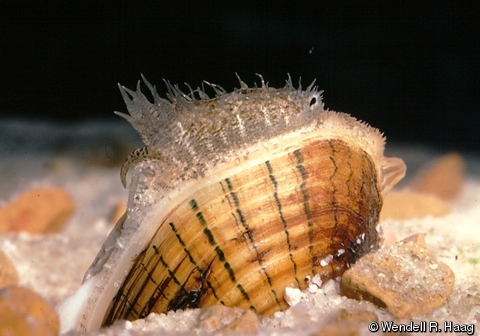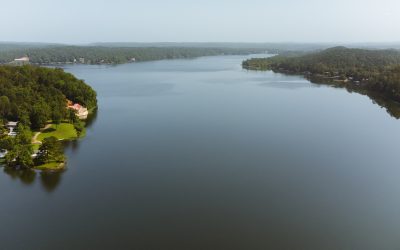Last week the U.S. Environmental Protection Agency (EPA) took critical steps to protect communities and clean water from toxic coal ash pollution by making it clear that utilities must deal with ash sitting in groundwater, groundwater contamination, and threats to surrounding communities. Need a refresher on coal ash? Click here.
EPA sent clear guidance on how the CCR Rule (aka coal ash rule) is to be implemented by offering determinations on a handful of specific closure plans. The CCR Rule restricts how utilities can close old, leaking coal ash lagoons and requires corrective action to adequately address ongoing water pollution.
From EPA’s press release on January 11, 2022: “the proposed determinations re-state EPA’s consistently held position that surface impoundments or landfills cannot be closed with coal ash in contact with groundwater.” The press release further states that “closure with coal ash in contact with groundwater puts the health and safety of nearby communities at risk.”
This announcement marks the first time EPA has enforced the federal coal ash rule by officially denying requests by utilities to continue dumping coal ash into unlined, leaking surface impoundments. In addition, the proposed determinations reinforce the agency’s “consistently- held” position that surface impoundments or landfills cannot be closed with coal ash in contact with groundwater.
Alabama Power’s own filings confirm there is groundwater pollution at every one of their coal ash sites statewide, and the Alabama Department of Environmental Management has confirmed this pollution. Check out the interactive groundwater violation map by clicking here. The filings have also shown that, under current plans to cap-and-close these sites, the utilities plan to leave toxic coal ash soaking into groundwater at every site, which will perpetually contaminate surrounding water sources for decades or centuries to come.
In Alabama, the first coal ash pond to close (and pollute in perpetuity) was the Gadsden Plant on Neely Henry Lake. The utility’s plans for the Gaston Plant on Lay Lake in Wilsonville is no different— cover it and leave it in place. Coosa Riverkeeper, its members, and partners from across the state voiced strong opposition to those plans through public comments, speaking at the public hearings, and through grassroots organizing. Learn more at AlabamaCoalAsh.org!
The bottom line is that cap-in-place does not work & is not an acceptable solution for Alabama.
We’re glad to see the EPA agrees that Alabama Power should not leave coal ash sitting in groundwater, next to our waterways, and imposing threats to communities.

“Alabama Power’s own filings confirm there is groundwater pollution at every one of their coal ash sites statewide, and the Alabama Department of Environmental Management has confirmed this pollution. Check out the interactive groundwater violation map by clicking here. The filings have also shown that, under current plans to cap-and-close these sites, the utilities plan to leave toxic coal ash soaking into groundwater at every site, which will perpetually contaminate surrounding water sources for decades or centuries to come.”




